Your Cart is Empty
Free Shipping over $150 (Excludes Oversized Products) | Office Closed 12/24-26 & 12/31-1/2
Free Shipping over $150 (Excludes Oversized Products) | Office Closed 12/24-26 & 12/31-1/2
Sanding Belts
Sanding Discs

The Best Sandpaper For Wood: Choosing The Right Grain
by David Kranker 7 min read

Quick Summary
Choosing the right sandpaper for woodworking is essential to achieving a smooth, even finish. The best sandpaper for the job will depend on the type of wood, the desired level of smoothness, and the stage of the sanding process. Generally speaking, aluminum oxide is going to be the best abrasive grain for woodworking. Open coat aluminum oxide is ideal for sanding softwoods while closed coat aluminum oxide is the best choice for sanding hardwoods.
Sandpaper is also crucial for preparing wood surfaces for staining, painting, or varnishing. If the wood isn't properly sanded, the finish won't adhere evenly, and the final product won't look as good.
If you’re new to woodworking or exploring a new application, you may have questions about which grain to use. In this article, the team at Red Label Abrasives will go over the different types of woodworking grains, how to choose the right one for your project, and the best sandpaper for different applications. Red Label manufactures wood sanding belts,wood sanding discs, andwood sanding rolls specifically designed for sanding wood.
What Are The Different Types of Abrasive Grains For Woodworking?
Abrasives are made up of grains, which determine fineness or coarseness and ultimately affect the result of the sanding process. There are a variety of different grains and grit sizes available for woodworking.
Grain Types
Woodworking sandpaper can have several types of abrasive grains, including:
- Aluminum Oxide: This is the most commonly used abrasive grain in woodworking. It's versatile, durable, and works well on a variety of wood surfaces. Aluminum oxide comes in different grits, from coarse to fine, and sandpaper intended for woodworking purposes is usually open coat, meaning that only a portion of the backing is covered with the grain. This can help eliminate issues associated with loading.
- Silicon Carbide: This abrasive grain is more durable than aluminum oxide and is often used for sanding harder wood species, such as maple or oak. It's also used for sanding non-wood surfaces like glass and metal.It can remove material without excessive heat buildup, making it ideal for finishing stabilized wood and other heat sensitive applications.
- Ceramic: Ceramic abrasive grains are hard and durable, making them ideal for sanding harder wood species or removing paint and varnish. It works best under higher speed and pressure is applied, so if you’re working with wood, caution must be used to prevent scorching of the working material.
- Zirconia: This abrasive grain is similar to ceramic in terms of hardness and durability. It's often used for heavy-duty sanding tasks, such as sanding rough lumber or removing multiple layers of paint or varnish.
Grit Sizes
Generally, the higher the grit number, the finer the abrasive particle, and the smoother the surface it will create. Here are some common grit sizes and their recommended uses:
- Coarse Grits: Using the FEPA scale, coarse grit sandpaper falls within the P8 to 80 range. It is used for removing a lot of material quickly, making it a common choice for shaping or rough sanding wood. It's also used for removing paint or varnish from surfaces. Note: Sandpapers in the P8 to P36 range are very tough. In order to avoid damaging workpieces or removing too much material, extra coarse sandpaper should only be used on the toughest jobs.
- Medium Grits: 100-220 grit sandpaper is used for intermediate sanding and smoothing out rough surfaces left by the coarse grits. It's also used for preparing wood surfaces for staining or painting.
- Fine Grits: 240-400 grit sandpaper is used for sanding smooth surfaces or preparing wood for finishing. It's also used for sanding between coats of finish to achieve a smooth surface.
- Ultra-Fine Grits: Grits over 500 are typically used for final sanding before finishing, or for sanding delicate surfaces that may be easily scratched by coarser grits. The finer grits (over 1000) can polish surfaces to a high shine or achieve a glasslike smoothness by sanding between coats of finish.
It's important to use the appropriate grit size for the task at hand to achieve the desired finish. Starting with too fine of a grit can be a waste of time and effort, while starting with too coarse of a grit can result in damage to the wood surface. The key is to understand what you want to accomplish and choose a grit size intended for that purpose.
How Do You Choose the Right Grain for Your Woodworking Project?
Your choice of grain for your woodworking project depends on several factors, including the kind of wood you're using, the task you're performing, and the finish you want. These steps can provide a general guideline.
- Determine the Task:Are you removing a lot of material quickly or are you trying to achieve a smooth finish? Are you preparing the wood for staining or finishing? The answers to these questions can help you determine the appropriate grit size.
- Consider the Wood Species: Harder woods, such as oak or maple, may require a coarser grit to remove material quickly, while softer woods, such as pine, may require a finer grit to avoid scratches or damage.
- Decide on the Finish: If you want a smooth, polished finish, you'll need to start with a coarser grit and work your way up to a finer grit. If you're preparing the wood for staining or painting, you may need to use a finer grit to achieve a smooth surface.
Generally speaking, aluminum oxide is going to be the best abrasive grain for woodworking. Open coat aluminum oxide is ideal for sanding softwoods while closed coat aluminum oxide is the best choice for sanding hardwoods. Some makers use zirconia to sand hardwoods to save time, but closed coat aluminum oxide tends to offer the best value for the job. In most cases, a premium abrasive grain like ceramic is overkill. Ceramic is better utilized for sanding denser materials like metal.
Before starting the project, it's a good idea to test the grit on a scrap piece of wood to ensure that it's appropriate for the task and wood species. If you like the results, continue. If not, experiment with a different option until you get the outcome you’re looking for.
The Best Grits By Woodworking Project
Like we stated in the previous section, the nature of the task can dictate the best grit to use for the job. Here are some recommendations for the best sanding grits for different woodworking projects:
- Removing Paint or Varnish: For removing paint or varnish, use a coarse grit sandpaper, such as 40 or 60 grit, to quickly remove the old finish. Aluminum oxide sandpaper is a good choice for this task.
- Shaping and Rough Sanding: For shaping or rough sanding, use a coarse grit sandpaper, such as 40 or 60 grit. Closed coat aluminum oxide is a good choice for sanding harder and tougher woods.
- Intermediate Sanding: For smoothing out rough surfaces left by the coarse grits, use a medium grit sandpaper, such as 100 to 220 grit. Aluminum oxide sandpaper is a good choice for this task.
- Preparing for Staining or Painting: For preparing wood for staining or painting, use a fine grit sandpaper, such as 150 or 220 grit, to achieve a smooth surface. Aluminum oxide sandpaper is a good choice for this task too.
- Final Sanding Before Finishing: For final sanding before finishing, use a very fine grit sandpaper, such as 240 to 400 grit, to achieve a glass-like smoothness.
- Polishing: For polishing surfaces to a high shine, use an ultra-fine grit sandpaper, such as 500 or 1000 grit. For this purpose, silicon carbide sandpaper is a good option.
Quality Woodworking Begins With Premium Sandpaper
Choosing the right grain for your woodworking project is essential to achieving the best result. By considering factors such as the task at hand, the wood species, and the desired finish, you can select the appropriate grit size and abrasive grain for the job. Remember to test the grit on a scrap piece of wood before starting the project to ensure that it's appropriate for the task and wood species. With the right sandpaper, you can achieve a smooth, polished finish that enhances the natural beauty of your woodworking projects.
At Red Label Abrasives, we manufacture industrial-grade wood sanding belts, wood sanding discs, and wood sanding rolls designed specifically for woodworking. Each product is produced with premium quality grains that guarantee a smooth and professional finish every time.
Our Most Popular Wood Sanding Abrasives
If you have questions about which abrasive would be best for a particular application, we’re here to help. For more information or to place an order, please call 844-824-1956 or fill out our contact form today.
ABOUT THE AUTHOR
David Kranker is a writer and creative maker who has been covering the abrasive and woodworking industries on the Red Label Abrasives Blog since 2020. David spends his time continually researching sanding and woodworking to provide readers with the latest and greatest information. In his free time, David utilizes abrasives for many different home and auto projects at his home in Delton, MI.
Our Most Popular Abrasives For Woodworkers
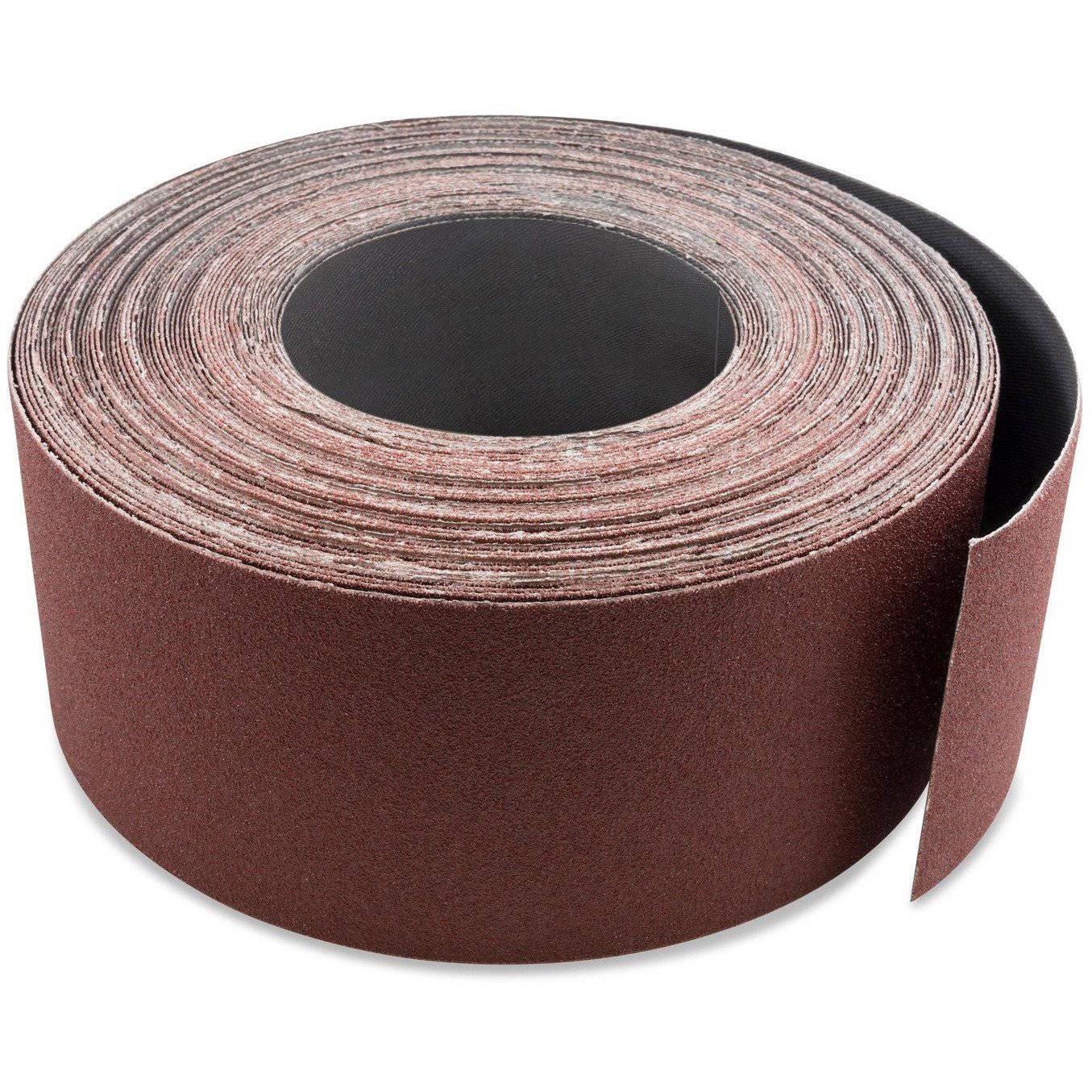
3 inch X 70 FT Woodworking Aluminum Oxide Cloth Drum Sander Strip Roll
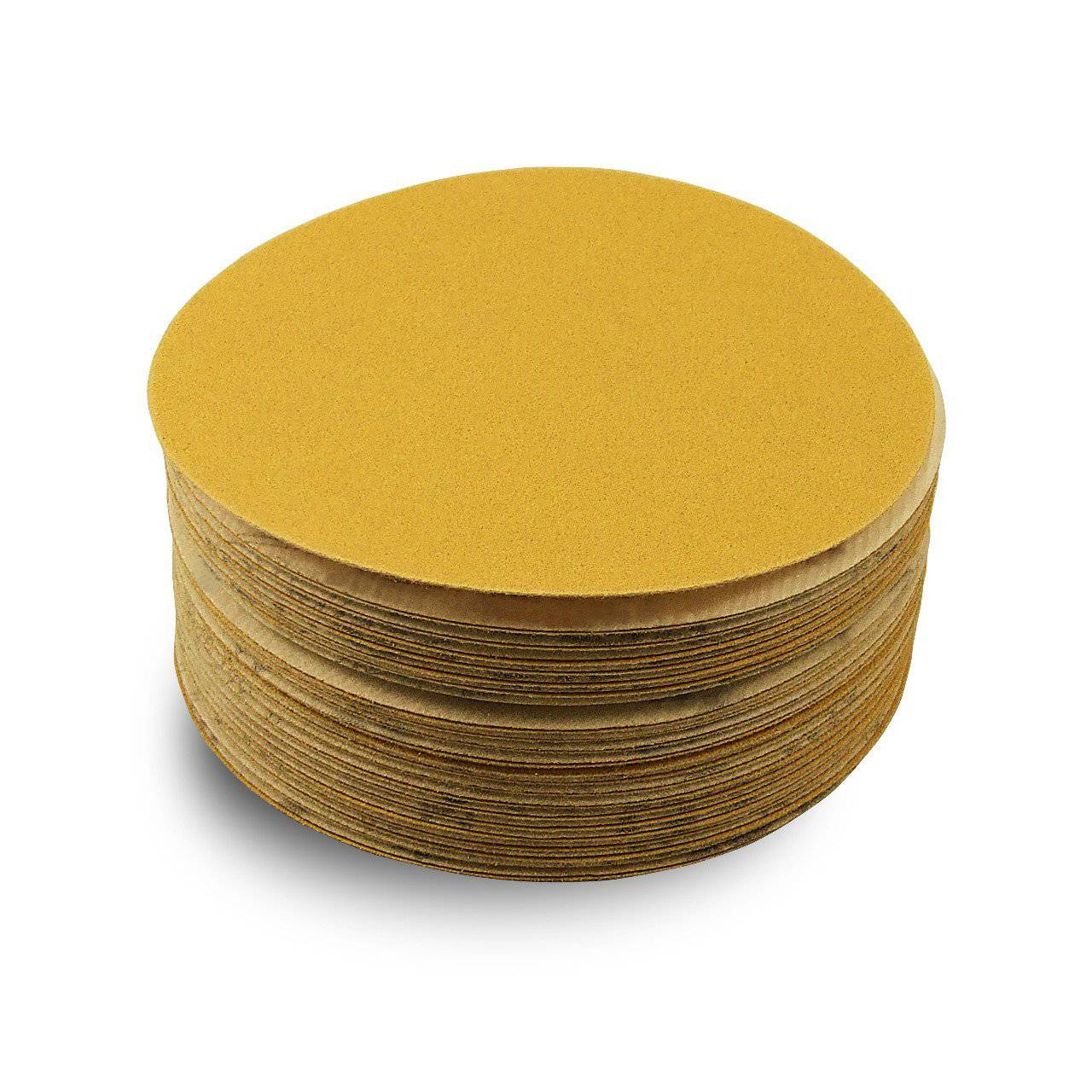
5 Inch Hook and Loop Gold Sanding Discs, 50 Pack
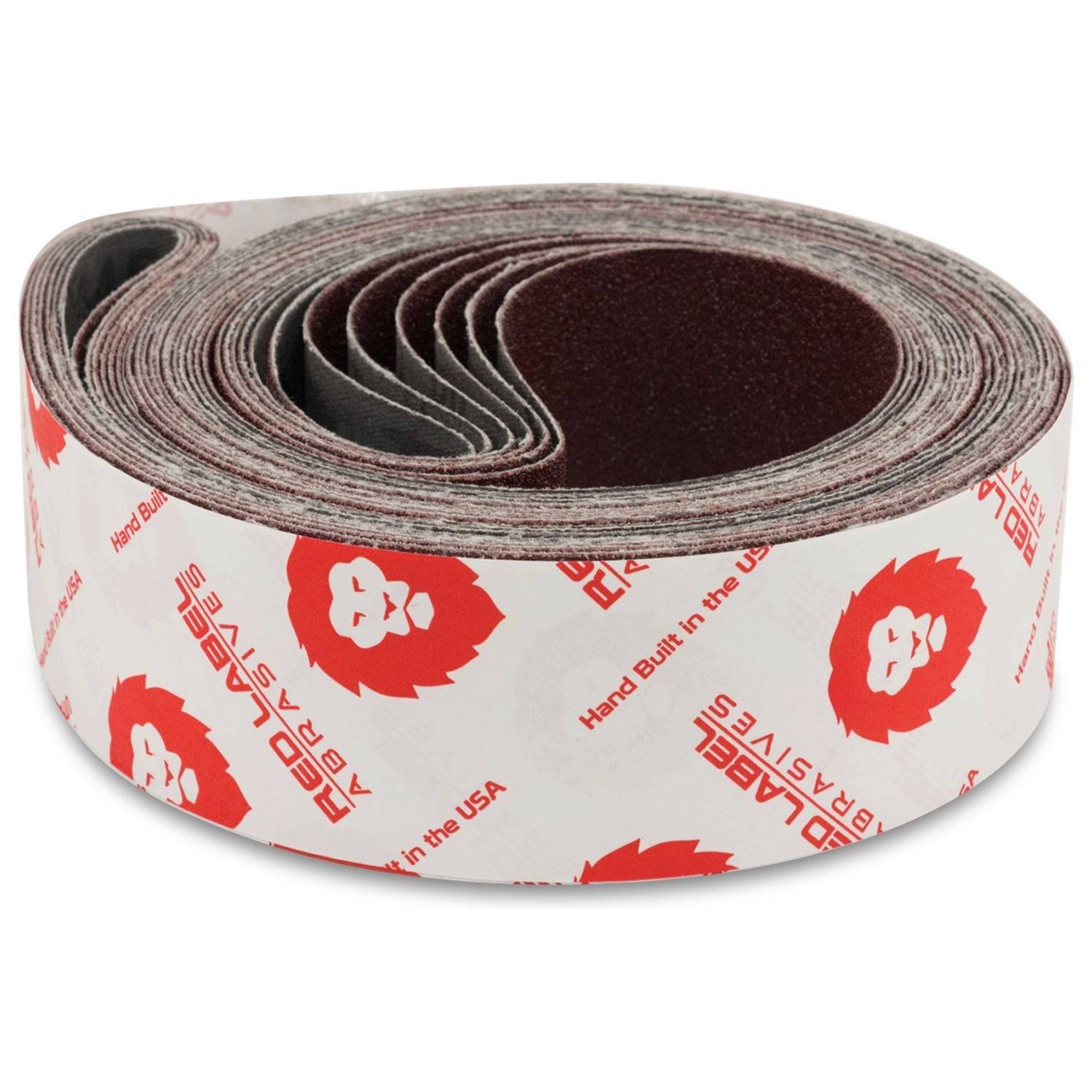
2 X 72 Inch Multipurpose Sanding Belts, 6 Pack
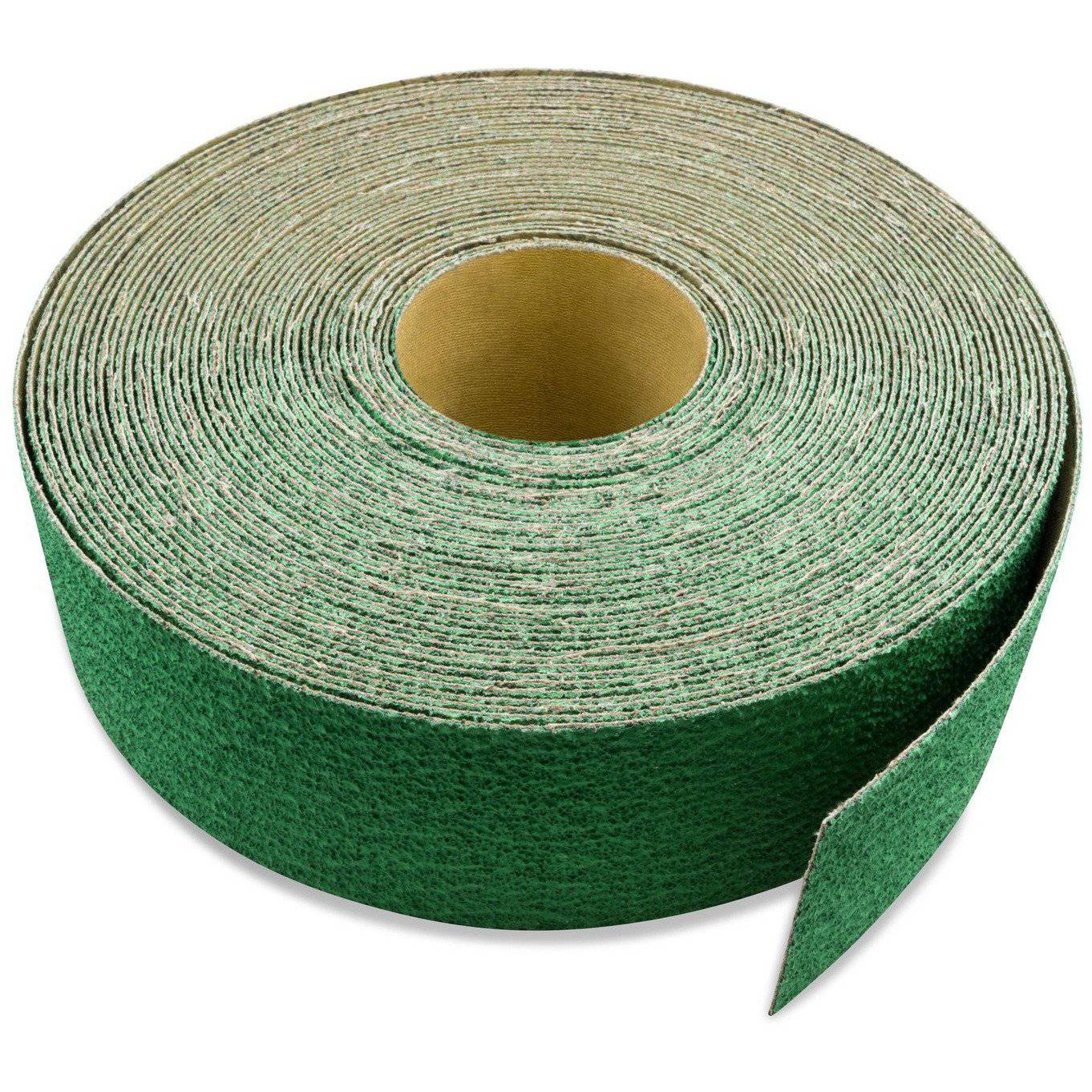
3 inch X 70 FT Premium Zirconia Woodworking Drum Sander Roll
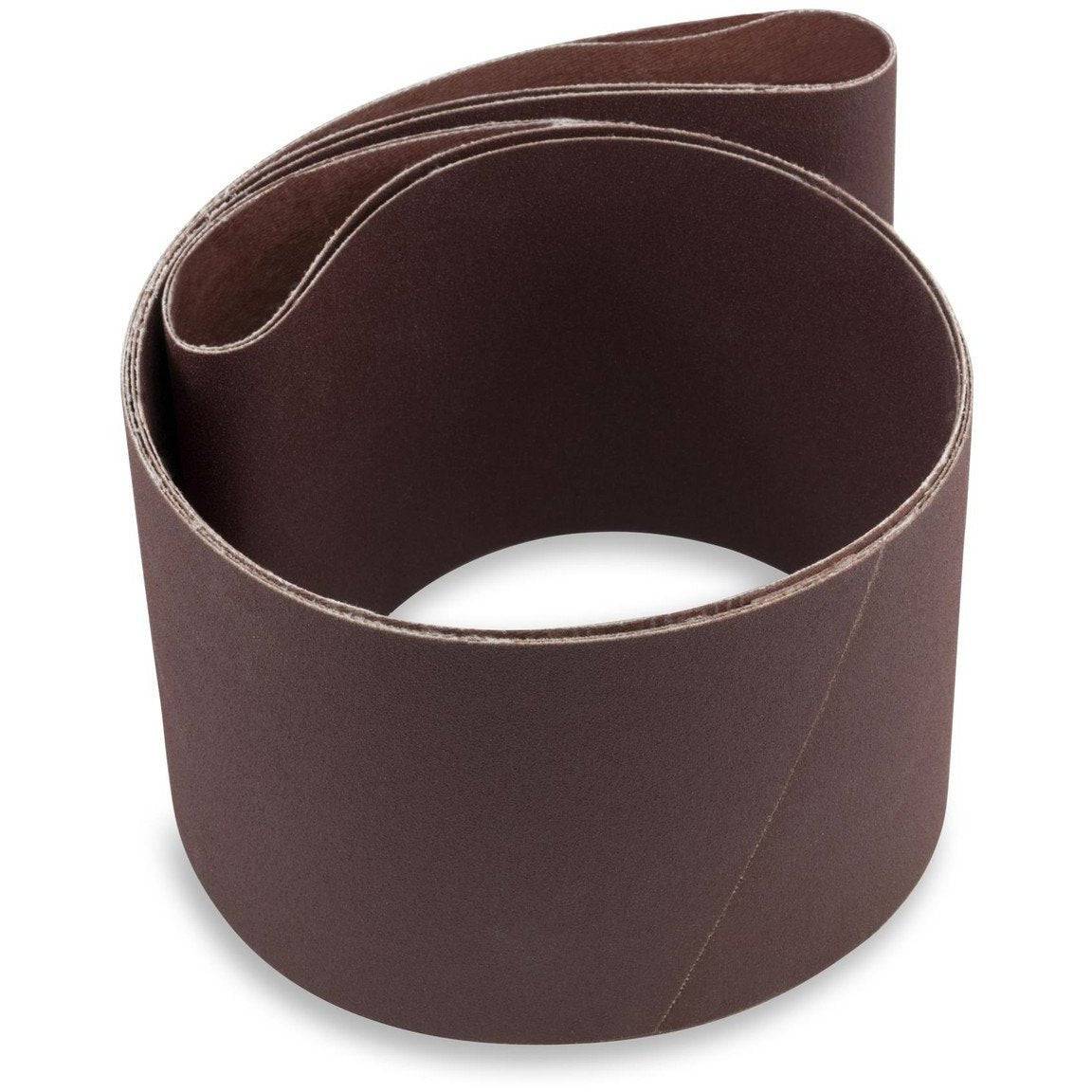
6 X 48 Inch Aluminum Oxide Wood & Non-Ferrous Sanding Belts, 2 Pack
Shop By Product Category





Why Choose Red Label?







